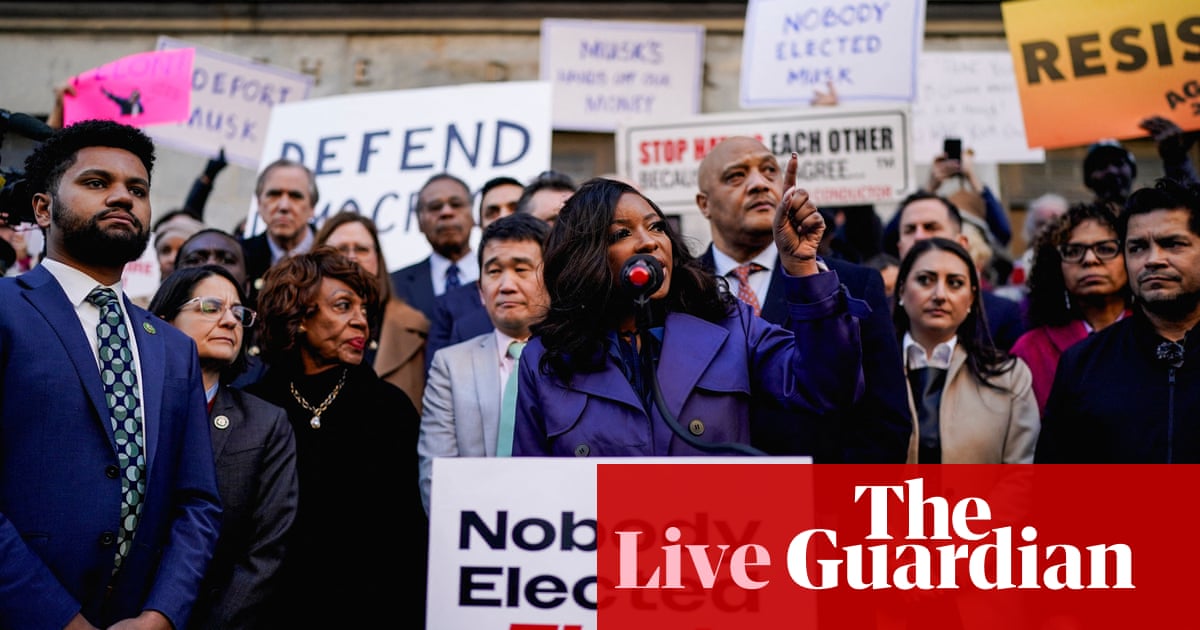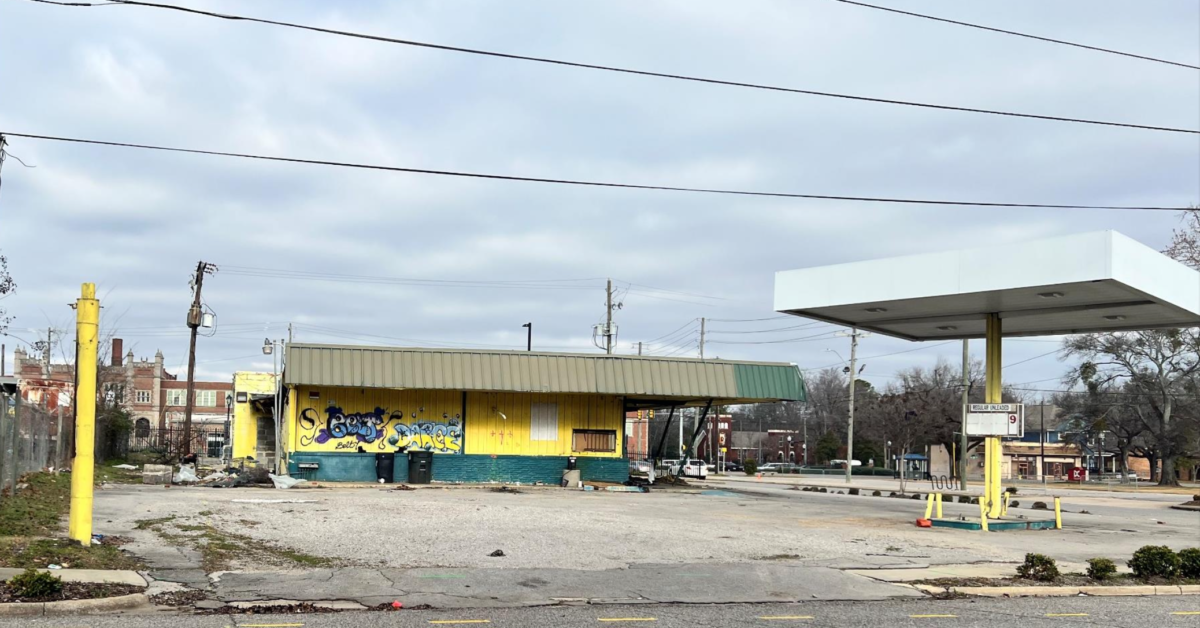
Driving for the first time toward his first real home in years, Nick gazes at the landscape of West Seattle from the back seat of a van. He doesn’t recognize his city.
“It feels like a completely alien place to me,” he says to his partner, Steven, sitting beside him. “Like, I forgot that neighborhoods exist. I forgot that people have yards.”
For five years the couple has been homeless, living in a microcosm of Seattle narrowed to a square mile downtown. At first it was out of their car, then in a tent under a bridge. For the past 12 months, they lived in a short-term housing facility that held a room with a bed, a bathroom, a closet and a third floor view of the city.
Today, that’s all about to change.
Huddled over a phone together, the couple studies the moving dot on Google Maps. “How far down 35th is it?” asks Nick, 35. “It’s right on GPS,” responds Steven, 39, pointing to the map. “It’s right there.”
Their new apartment is seven miles from downtown, in a neighbourhood where single-family homes retail for more than $1m. Sharing a block with licensed massage therapists and an airy co-working space, it’s a brand new building managed by a non-profit and paid for through state funds – a world apart from the city blocks where Nick has spent so much time scoring and hustling that he’s become a member of a street community that greets each other by first name.

Theirs is a struggle shared by thousands across the Pacific north-west. Seattle is among the cities on the frontlines of the US housing crisis, with more than 50,000 people in King county, which contains Seattle and the surrounding area, experiencing homelessness last year. The number has increased by 32% in a seven-year period; median home prices have doubled in a decade and driven a corresponding rise in rent. Market estimates show the city is short at least 100,000 affordable rental homes. A deluge of cheap opioids compounds the problem.
The increasing visibility of unsheltered people and drug users has fed dystopian scenes of tent encampments in front of corporate Apple headquarters and bourgeois hotels. Tourists brush past huddles of people as they openly smoke fentanyl blocks from Seattle’s Pike Place Market.
Those who are trying to address the housing crisis are plagued by a lack of resources and a choice – work to prevent homelessness or try to help those who have already fallen victim to it. Of the two endeavours, helping those who are already living on the street return to society is more expensive and difficult. A term among people who study this population: “scarring”. The longer people dwell in this parallel universe, the more likely they are to stay there. Many will never return.
Steven and Nick are trying to defy this trajectory. They’ve already managed to stay together longer – in their observation – than most couples they’ve met on the street. “There’s just something about Steven and me,” says Nick.
A slide into homelessness
The couple met in 2017, on a dating app. Nick was in a dark place at the time.
“I just quit caring about myself, and quit caring about my health, and quit worrying about what I did,” says Nick. Despite Nick’s problems – HIV positive, underemployed, unhoused, struggling with opioid addiction – Steven kept coming back. Nick credits him with saving his life.
Their slide into becoming unhoused began months after they met, when Steven lost his job as a home health aid, and Nick wasn’t working. At first they lived in hotels, then their car, before they lost that, too. The tent became their only option.
For Steven, loss – and its anticipation – has been a constant companion in life, beginning at age 13 when he lost his mother. Losing his job, his car and his apartment seemed inevitable and – in a strange way – freeing. “That way nobody can have a hold on me,” he says. “I’ll eliminate the threat.” His relationship with Nick has been the one thing he’s held on to.
A low point for the couple occurred one day in February of 2019, when they left their tent for an hour and a half and returned home to find it had been removed by the authorities. Gone was the bedframe they had built out of discarded plywood; gone was the cookstove and propane tank they had carefully balanced on a coffee table; gone were Nick’s HIV medications and every article of clothing they owned.
Shelters, they feel, are not an option. Assault or theft is too much of a risk. It was 19F (-7C) that night and they had nowhere to go and nothing to their name. It was, says Nick, one of the worst moments of his life.
But for all their bad luck, they won a kind of lottery the day an outreach worker walked into their camp a little over a year ago. Staff from a program called CoLead work with unsheltered people to locate them first in hotel-like buildings downtown and then in long-term housing. Born of a confluence of the housing crisis and federal pandemic funds, CoLead has helped successfully rehouse hundreds of people in the last few years.

These kinds of programs are rare. County officials estimate they have at any given time just over 7,300 slots for people in “permanent supportive housing”, or shelter that comes with connection to social services and other resources – and tens of thousands of people who need this kind of supportive intervention.
Funding is intermittent and inconsistent; in Nick and Steven’s case, the couple was eligible for a housing benefit purely because of the geography of their tent. A line item in the governor’s budget funds programs that rehouse people living in homeless camps near state freeways. Their tent was under an overpass.
“I didn’t believe it until the day it actually happened,” says Nick of the move. A regular feature of unhoused life is broken promises, and he’d heard guarantees of help before from outreach workers.
Back at their new house, a woman directs the couple to lay out all their belongings: 12 overstuffed duffel bags, a vacuum cleaner, a small painting of two birds they intend to hang on the wall.
She instructs them to put everything in a “hotbox” that will cook their belongings, a prohibitive measure against bringing bedbugs into the building. Both Steven and Nick find this process degrading, but they don’t object. The feeling is another thing unhoused life has normalized for them.
They fill out the rental agreement. Steven fills in a section marked “start date”. The space marked “end date” he leaves blank. Just looking at it gives him an anxious pang. He has no idea how long they’ll be here. No one does.
A new narrative
The apartment is new and sterile, with two bedrooms on opposite ends. Among the items waiting for them: a couch, two beds with soft comforters, a TV still in its box, a large variety pack of snack-size chips, 24 bottles of water and four rolls of paper towels. A bedroom window offers a fourth-story view of their neighborhood overlooking a neighbor’s tidy yard with a concrete fire pit.
“It’s overwhelming,” says Nick, walking from room to room.

Standing in his new kitchen gleaming with stainless steel, Steven starts to feel claustrophobia creeping in. “I feel like I might vomit,” he says to Nick. “Can we take a walk?”
Steven’s reminded of the time years ago he learned he was afraid of air travel. When he boarded the plane he thought he liked flying. But as he took off, he found himself digging his nails into the side of the seat so hard that the guy next to him asked him if he was okay. He hadn’t expected to be terrified.
Then he can’t wait another second. “Need to get out … now,” he says suddenly as he pushes past Nick. “Move, please.” He walks out the front door and – not feeling able to wait for the elevator – takes the stairs, strides quickly through the lobby and out the front door.
“He’ll be fine,” says Nick calmly, watching him go. “He just needs a minute.”
A genuine concern about their new life is how they will spend their days. Idleness is not Nick’s friend. “Put me on a couch with nothing to do and I can smoke 30 pills a day,” he says. As tedious as their old existence had been at times, the pursuit of shelter and drugs kept him occupied.
But there’s a new narrative they’ve been constructing together, the one in which the apartment is a turning point. They’d both like to work again. Getting a job felt impossible without a house. “You can’t go to work every day at 9am if you’re living in a tent,” says Nick. “You just need that level of stability.”
Nick acknowledges that Steven – not an opioid user – “has been patient”, but Nick’s addiction compromises their relationship. Nick misses his sister, whom he was close to for much of his life but hasn’t spoken to in two years. “A nice ugly combination of both pride and shame,” he says, keeps him from picking up the phone. Getting sober is his only path to progress.
It’s a goal that seemed impossible without the privacy of a real home. Now that he has one, he says, “I’m out of excuses.” He’s planning on starting Suboxone, a medication that helps ease the symptoms of withdrawal for those with opioid dependence.

The couple’s caseworker, Da’Mont Vann, hovers in the doorway. He’s been helping them for months. Vann is in recovery himself. In the decade-plus he’s been doing this work, he’s never seen as many unsheltered people in the city as there are now. “It’s everywhere,” he says.
Vann’s helped dozens of people making this transition. After they move, he checks in with his clients with offers of rides to appointments, substance use counseling or just companionship. Some can’t get along with their neighbors or become too lonely to stay.
Nick and Steven, he says, have a good chance of making it – as good as anyone he’s worked with. “Nick and Steven are a different type,” he says. “They know how to live life.”
Plus, he says, they have each other.
This story is part of a reporting fellowship sponsored by the Association of Health Care Journalists and supported by the Commonwealth Fund.










 English (US)
English (US)